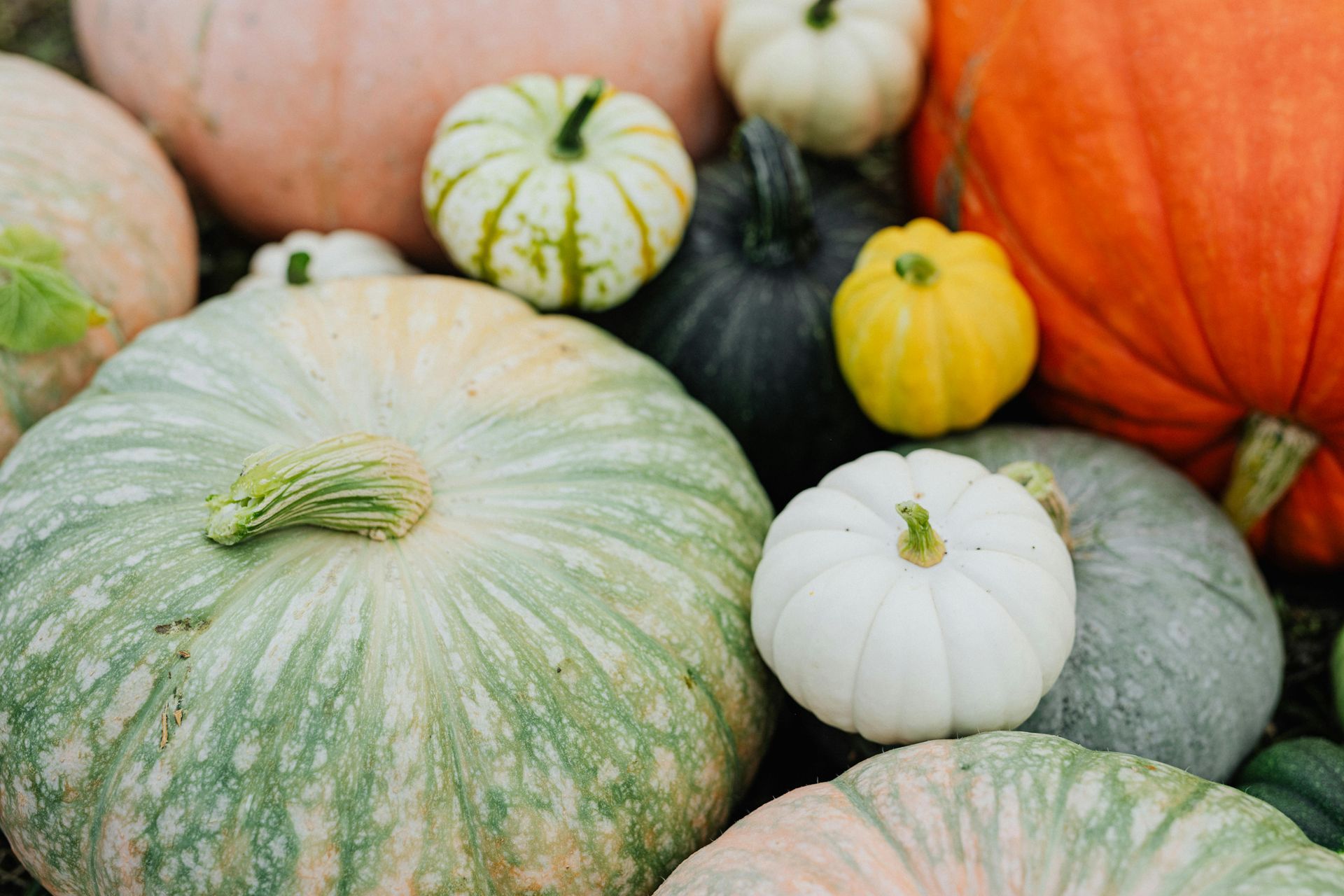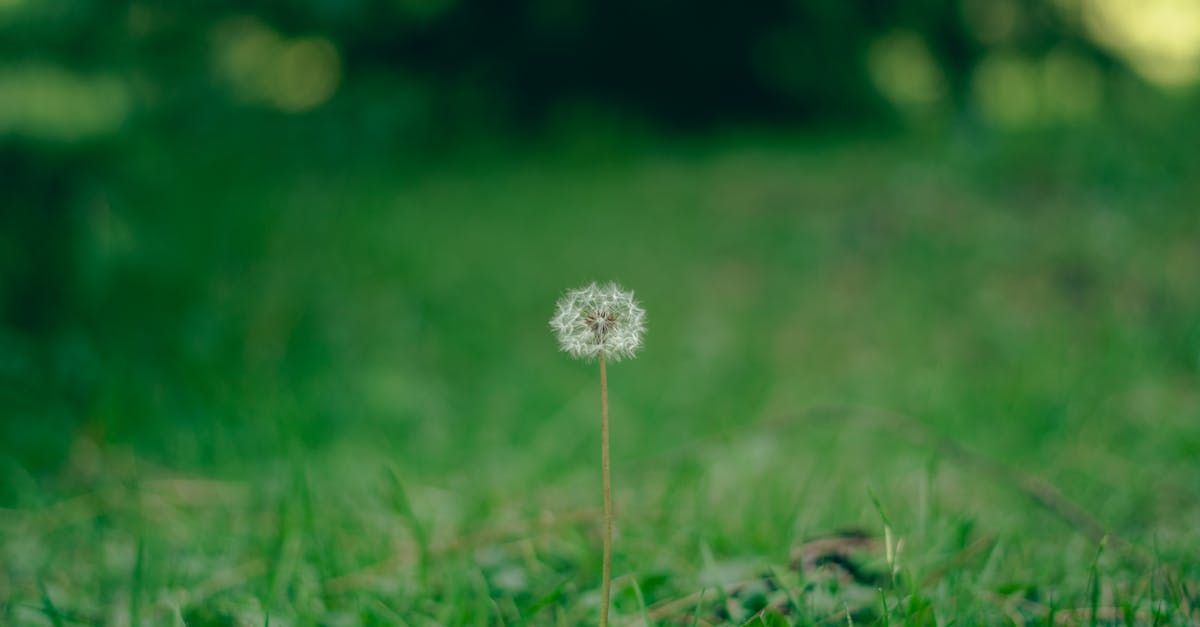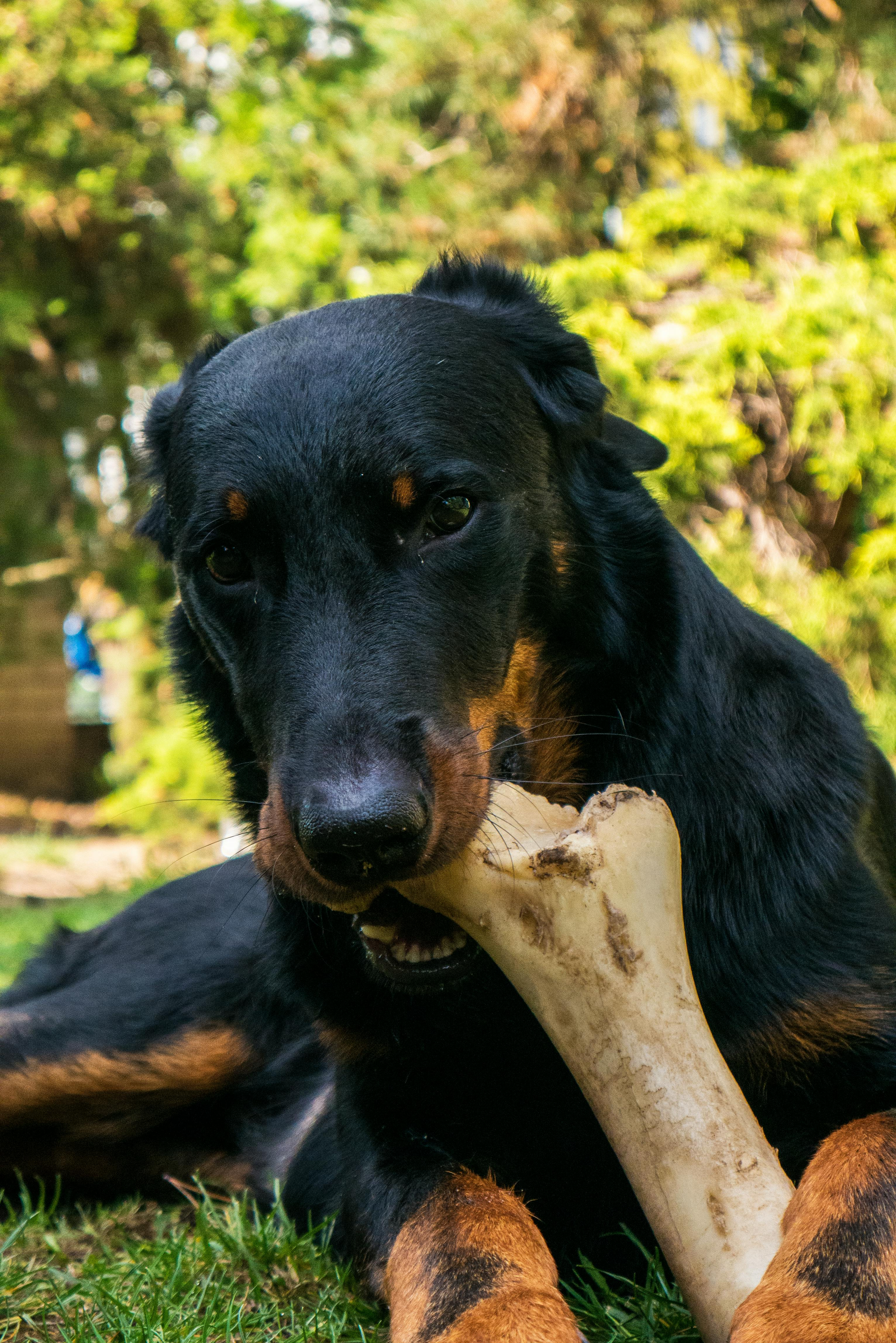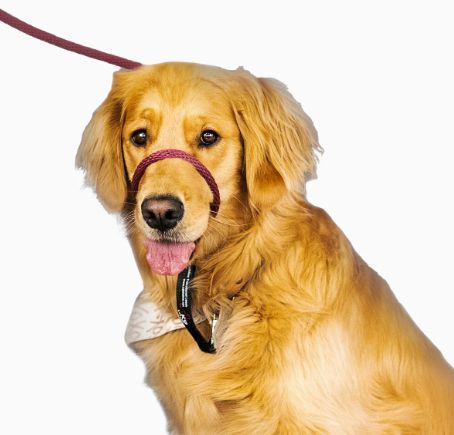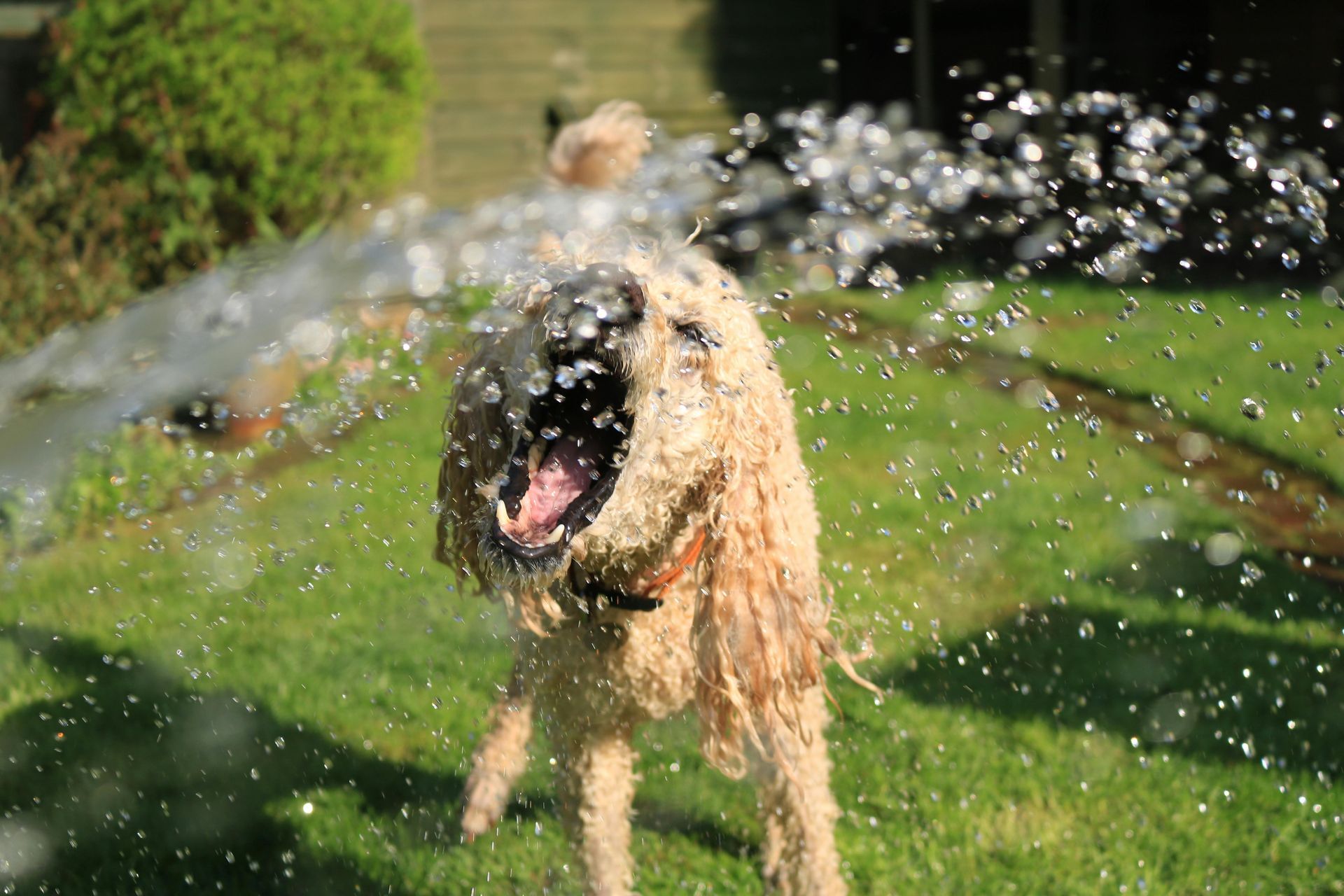The Silent Threat: Why Grass Seeds Are a Summer Hazard for Dogs
Summer brings glorious long walks and adventures in the great outdoors. But for dog owners, there's a hidden danger lurking in tall grasses that many don't even consider: the humble grass seed. These tiny, seemingly innocuous seeds can cause a surprising amount of pain, discomfort, and even serious health problems for our canine companions.
At [Your Blog Name/Your Name], we want to ensure your pup stays happy and healthy all season long. So, let's shed some light on the sneaky dangers of grass seeds and how you can protect your dog.
What Makes Grass Seeds So Dangerous?
Grass seeds (often called "awns") might be small, but their unique structure makes them a formidable foe. Many varieties, particularly those from wild or unkempt grasses, have sharp, pointed ends and backward-pointing barbs. This design allows them to:
- Easily Attach: They readily cling to fur, especially in breeds with longer or feathery coats.
- Burrow Deep: Once attached, their barbed nature means they can only travel in one direction – forward. They can pierce the skin and then continue to burrow deeper into your dog's body.
- Carry Infection: As they burrow, they can drag bacteria and dirt with them, leading to painful infections and abscesses.
- Migrate: Alarmingly, once under the skin, a grass seed can travel a significant distance within the body, sometimes ending up in organs like the lungs or even near the spine, causing severe complications.
Where Do Grass Seeds Typically Lodge?
While a grass seed can technically get almost anywhere on a dog's body, certain areas are more common entry points due to their exposure during walks and play:
- Paws (Especially Between the Toes): This is one of the most frequent locations. Dogs pick them up as they walk, and the seeds can easily get stuck in the fur between their paw pads, then burrow into the soft skin. You might notice your dog excessively licking, limping, or a swollen, red area between their toes, sometimes with a small "weeping" hole.
- Ears: Floppy-eared breeds are particularly susceptible, but any dog can get a grass seed down their ear canal. Signs include vigorous head shaking, pawing at the ear, tilting their head to one side, or rubbing their ear on the ground. If left untreated, they can cause painful ear infections or even rupture the eardrum.
- Eyes: A grass seed can get lodged under the eyelid or behind the third eyelid, causing extreme irritation. Symptoms include excessive tearing, redness, squinting, or pawing at the eye. If not removed promptly, they can scratch the cornea and lead to serious eye damage or infection.
- Nose: Dogs who sniff along the ground can inhale grass seeds. This might lead to sudden and repeated sneezing, pawing at their nose, or even a bloody discharge from one nostril.
- Under the Skin (Anywhere on the Body): Seeds can also embed themselves in the armpits, groin, or any other area of the coat, creating a painful lump or abscess that your dog constantly licks or chews.
What to Do If You Suspect a Grass Seed Problem:
Act quickly! The sooner a grass seed is identified and removed, the less likely it is to cause severe problems.
- Inspect Thoroughly After Every Walk: This is your best defense! After any walk, especially through long grass or meadows, take a few minutes to check your dog from head to tail.
- Paws: Carefully spread their toes and check between the pads.
- Ears: Look inside the ear flap and as far down the canal as you can see.
- Coat: Run your hands through their fur, paying extra attention to their armpits, belly, and around their tail.
- Eyes and Nose: Gently check these areas for any foreign bodies or signs of irritation.
- Remove Visible Seeds (Carefully): If you spot a seed that hasn't penetrated the skin, you can try to carefully pick or brush it out.
- Contact Your Vet IMMEDIATELY If You Suspect a Seed Has Embedded: If your dog shows any of the symptoms mentioned above, or if you find a seed that has started to burrow into the skin, do not delay. Grass seeds rarely resolve on their own, and the longer they are left, the deeper they can travel and the more damage they can cause. Your vet may need to sedate your dog to properly examine the affected area and remove the seed, especially if it's in a painful or delicate spot.
Prevention is Key!
- Avoid Long Grass: Whenever possible, steer clear of areas with tall, dry grass, especially during late spring and summer when seeds are prevalent.
- Keep Groomed: For long-haired breeds or those with feathery paws and ears, consider trimming the fur around these areas short. This makes it harder for seeds to cling and easier for you to spot them.
- Consider Protective Gear: For highly susceptible dogs, specialized booties can protect their paws, and snoods can help cover their ears during walks in grassy areas.
By being vigilant and understanding the risks, you can help protect your beloved dog from the hidden dangers of grass seeds and ensure a safer, happier summer for you both.
